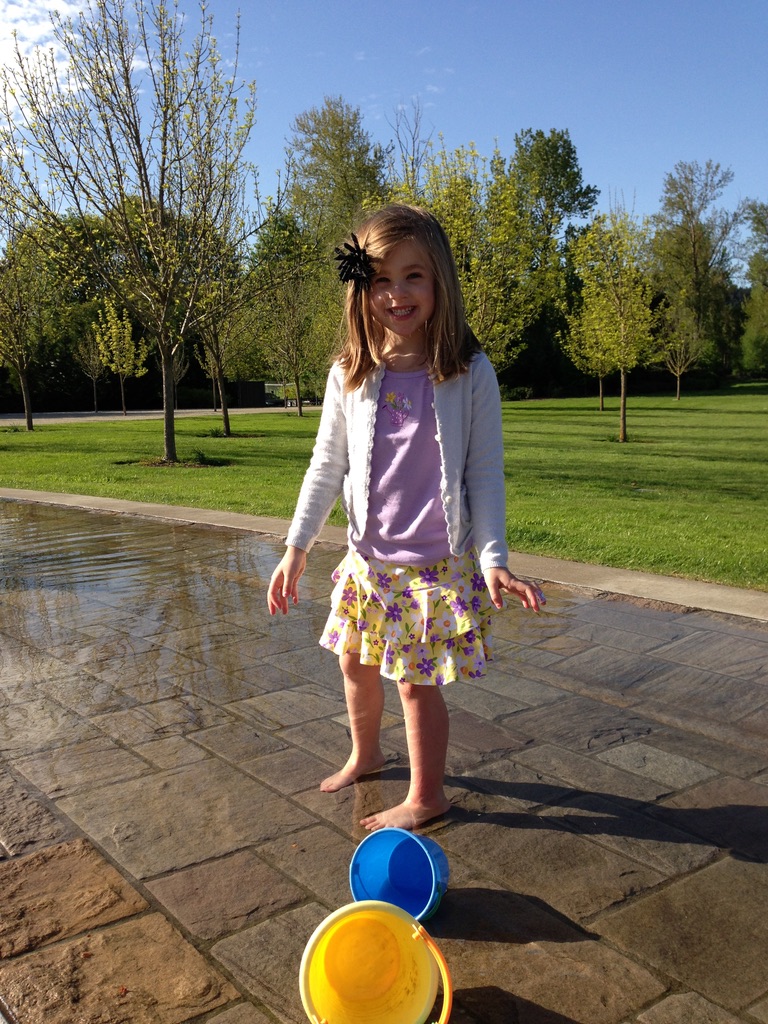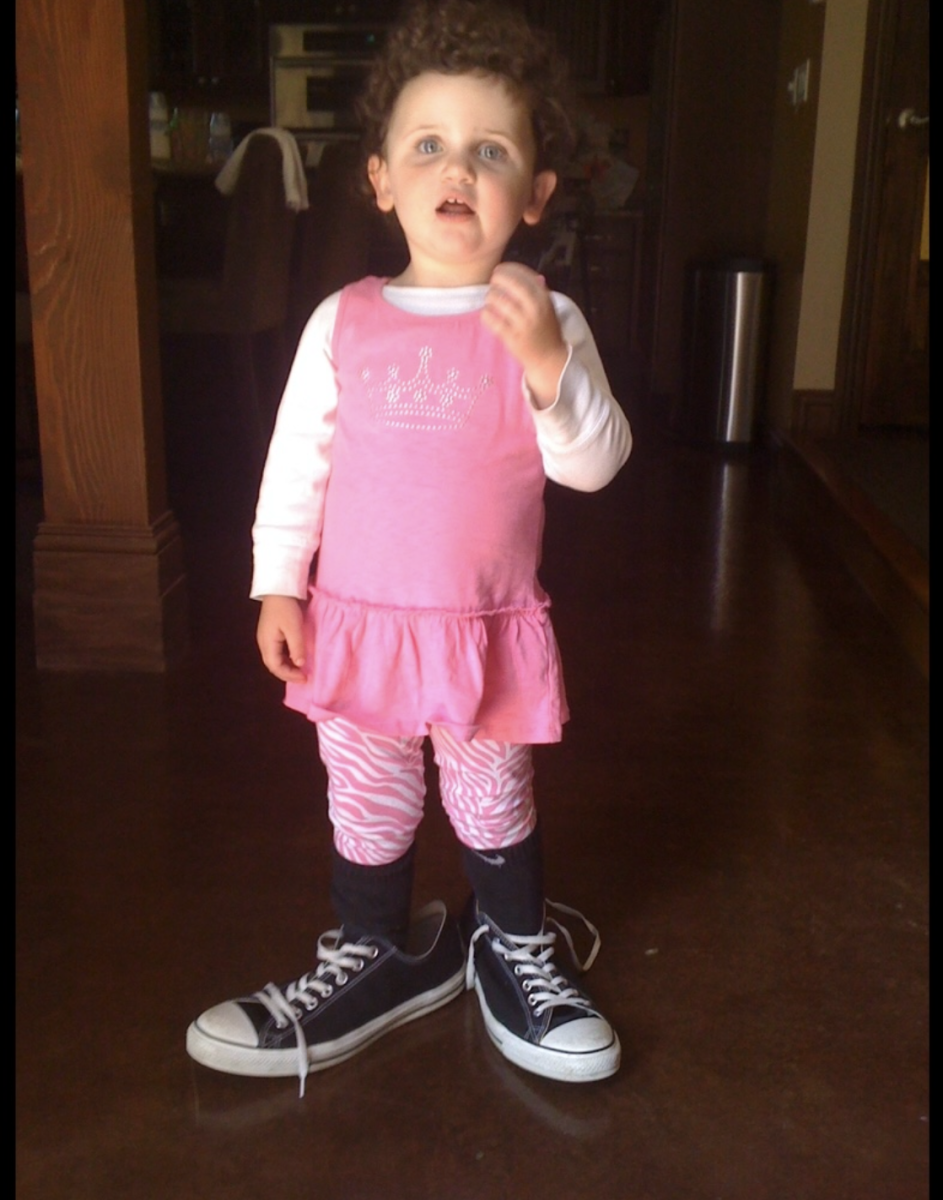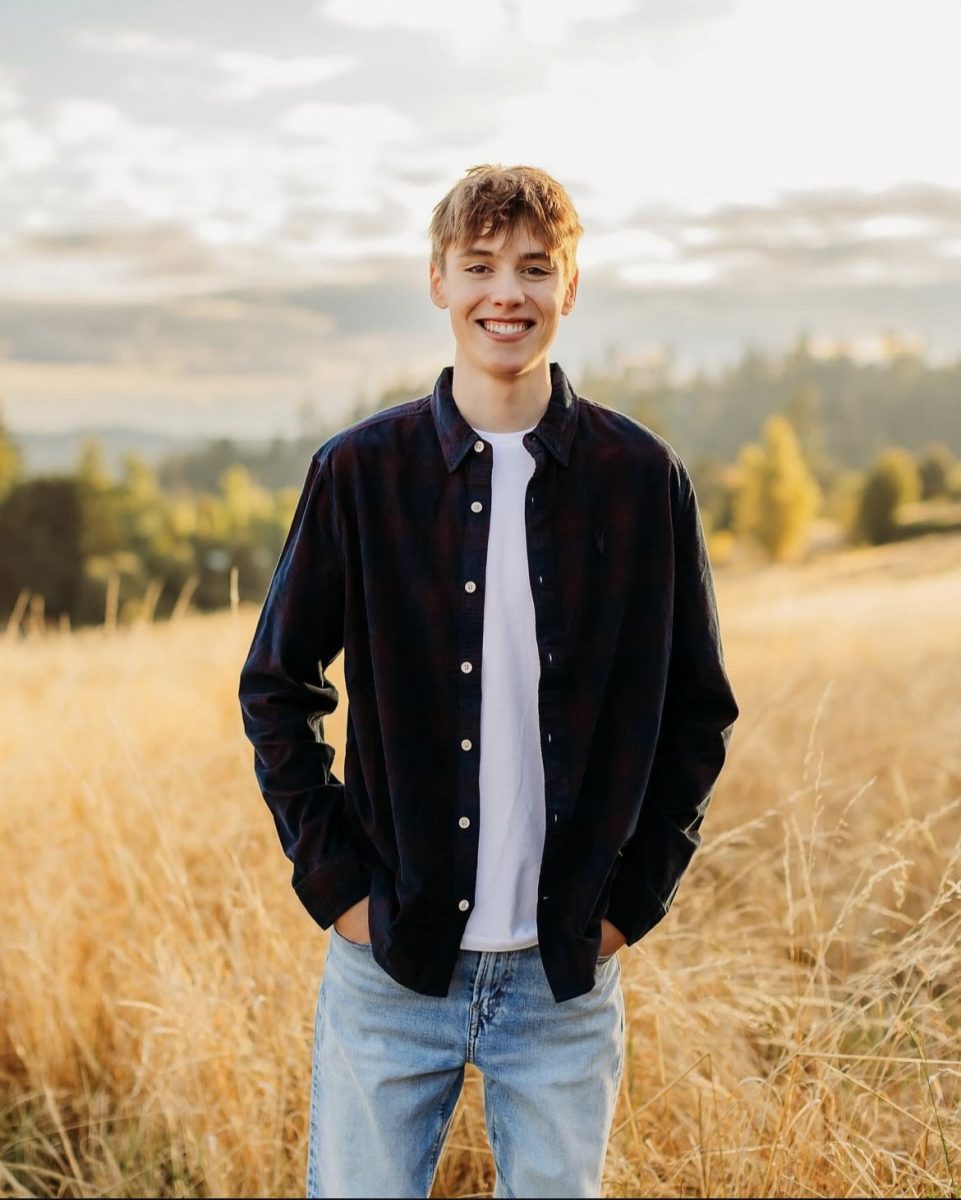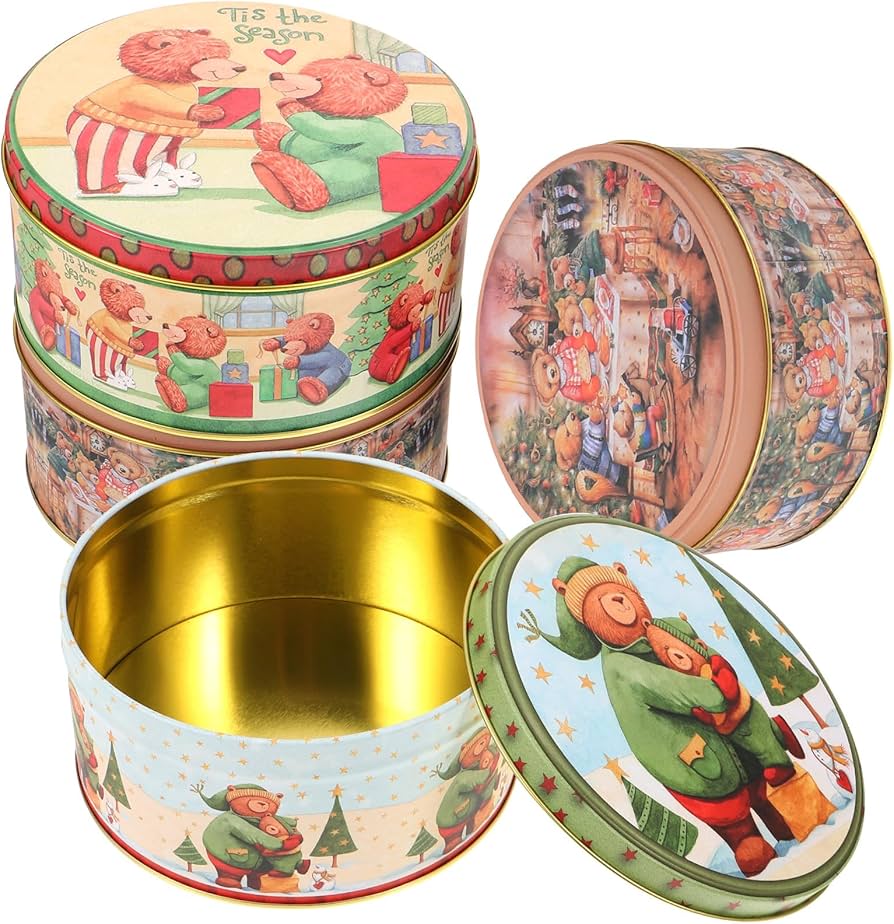In a world consumed by technology, where information spreads like wildfire and media takes countless forms, one platform that has stood out as a true cultural influence throughout the past decade has to be YouTube. As a digital paradise of opportunity for creators and a truly bottomless well of content and entertainment for viewers, YouTube has undeniably changed how we consume media, learn new skills and interact with the world around us.
Beginning all the way back in February 2005, YouTube’s journey began when three former PayPal employees launched a platform that would allow users to upload, share and view videos. Little did they know that their passion project would evolve into something much greater and more influential than PayPal, changing how the world views virtually everything; from politics, to education, to pop culture.
One of YouTube’s most interesting aspects that I believe has been a crucial factor to its success, is its inclusivity and limitless design. It’s a platform where anyone with an Internet connection can share whatever passions, knowledge, and creativity they want with the world. Whether you’re a 90 year old giving life advice to your viewers, a chef sharing themed recipes, or a teenager unboxing the newest PS5, YouTube is always an option for you. This fact has led to an extremely diverse space, filled with an extensive array of voices from all over the globe. From presidential elections being watched by millions, to children eating jelly beans in front of their parents, everything can be found on YouTube. This broad scope has given rise to a digital landscape where diverse interests can thrive and even create communities.
YouTube is not only an exceptional source for entertainment, but has also become a well known educational tool. With countless tutorials on subjects ranging from calculus to how to hit a tennis ball properly, it’s no wonder that many people have begun turning towards YouTube to acquire new skills. A lot of the time, YouTube is also the better option because it’s free and easily accessible. If you don’t have a math tutor, turn to YouTube. If you don’t know how to make spaghetti, turn to YouTube. There are even videos over 10 hours long covering every aspect of the Java programming language for free. From the world of STEM to the realms of art, odds are there exists a YouTube channel offering a step-by-step guide to success.
Even inside of the classroom and academic curriculum, YouTube is not only beneficial for students but also for educators. YouTube offers teachers a multitude of tools and resources to enhance their teaching practices, engage students, and create collaborative and effective learning environments. Many students are visual learners who benefit more greatly from visual learning in comparison to lectures or textbook readings. YouTube can provide a platform for teachers to incorporate visual elements into their lessons, such as demonstrations and animations that make challenging topics more easily accessible. Within the online realm, teachers also have the ability to share content with students, regardless of geographical location or time, allowing for broader and more flexible educational experiences. What many of my own teachers have facilitated, especially during the pandemic, is the flipped classroom approach, where students review instructional content at home via YouTube videos so that they can engage in discussions, activities, and critical thinking in the classroom. This approach not only optimizes classroom learning but also promotes active participation among students.
Beginning as a simple video sharing platform, YouTube has also emerged as a career path for many entrepreneurs. YouTube being a platform that accepts an enormous range of interests, it only makes sense that countless people have found their niche. Felix Kjellberg, better known as “PewDiePie,” transformed his love for gaming into a multimillion dollar job, while Andrew Rea, aka “Binging With Babish,” revolutionized cooking tutorials into a global brand. YouTube’s Partner Program makes these things possible, as it allows creators to earn income through advertising, enabling many to pursue their passions full time rather than simply publishing videos as a pastime. Income is streamlined to content creators in many different ways, generally being through sponsored content, merchandise sales, crowdfunding and brand partnerships. YouTube also has a streaming function, where creators can receive live donations from viewers during streams.
YouTube has been one of the most influential platforms of the decade, a digital space that has transformed so many more aspects of our lives than we believed were possible. Its diverse collection of videos caters to almost every interest and continues to grow each minute. The user friendliness of the platform further empowers people from all areas of life to express themselves, sharing their knowledge and connecting with a global audience. YouTube is always improving and becoming more innovative to meet the needs of contemporary audiences, releasing features like live streaming and interactive advertisement to ensure its relevance and appeal for years to come. YouTube has really solidified its position as an indispensable medium for both creators and viewers alike, a platform that virtually everyone has interacted with and one that won’t be forgotten anytime soon.






